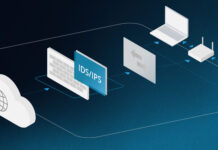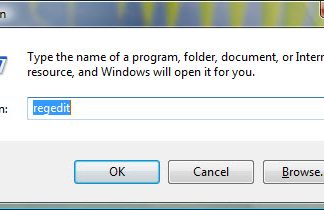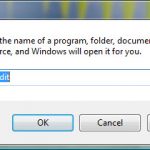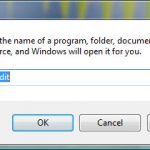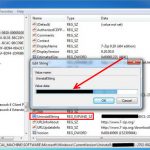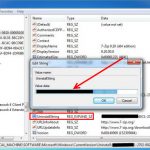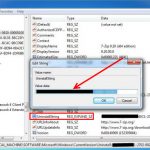People in our industry tend to say, that when you learn to code, you are basically putting through yourself a process of learning a new language.
You are required to memorize, understand, and eventually use new terms and symbols which must follow a strict logical path in order to make sense – to instruct the computer what to do. On the other hand, the code must be clear and readable enough, so your colleagues can understand it, and if necessary, use it, or improve upon it – click here to find out how it’s done.
Even though code and human languages are rather similar, according to the latest research data from MIT neuroscientists, when reading a computer code, different regions of the brain are activated and not those that are responsible for processing language. When you read a code, your brain activates its multiple demand network, which would be also recruited when you need to solve other complex cognitive tasks like solving a crossword puzzle or a math problem.
And even though this happens in your head while reading computer code, it seems that different parts of the multiple demand network are activated than when in the event of solving math problems and puzzles, suggesting that coding (and reading code) shouldn’t be “written down” like exclusively math-related brain activity.
What experts suggest, as of now, is that reading computer code is something that’s in its league as it’s not the same as a language but it’s also different from logic and math.
Language, Cognition, and The Brain
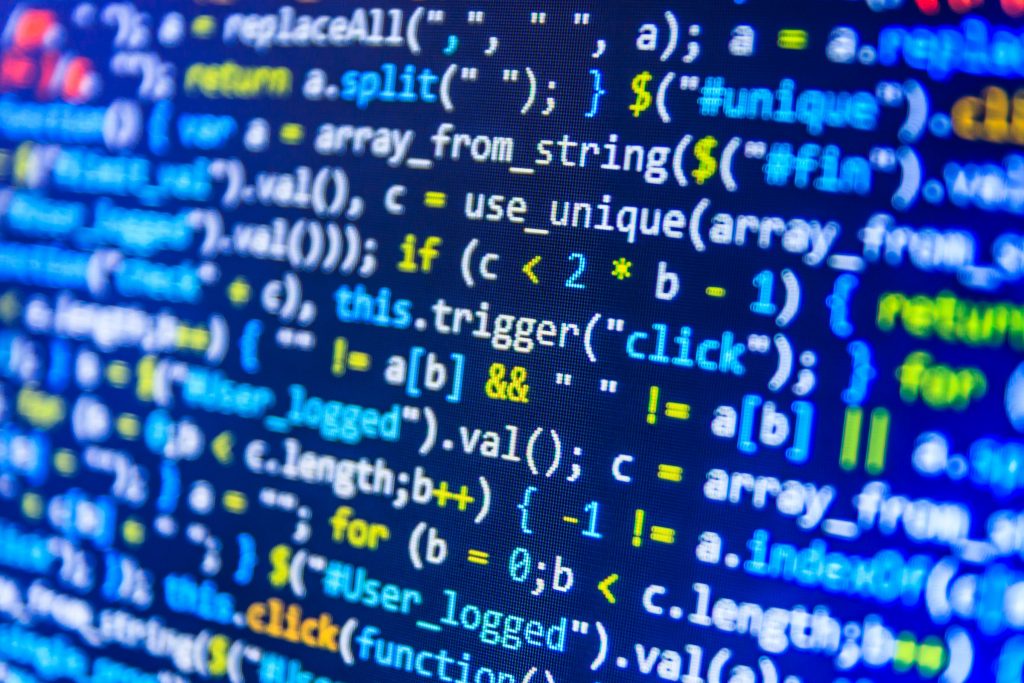
As it might have been clear from above, the MIT researchers (lead by Evelina Fedorenko, the Frederick A. and Carole J. Middleton Career Development Associate Professor of Neuroscience and a member of the McGovern Institute for Brain Research) focused on the links between language and other cognitive functions. Previously, she has been trying to observe whether other functions rely on the language network of the brain (apart from languages, obviously) like the Broca’s are and other important regions of the brain’s left hemisphere. Previously, she and her group have observed that math and music do not activate this language network described above.
In this particular study, she and her group were interested in exploring the relationship between computer coding and languages. First and foremost, they wanted to explore the neuroscientific nature of computer programming as it is a relatively new invention that probably does not have any “hardwired” mechanisms forged in the human brain yet.
When it comes to determining how the brain learns the delicate art of coding, there are generally two different schools of thought. The first one says that you need to excel at mathematics to be a good programmer while the other suggests that there are certain parallels and similarities between language and computer coding, having language skills could be even more important.
To end this ongoing dispute between the two schools and to shed light on the truth, Fedorenko’s team wanted to study brain patterns during code reading to see whether they overlap with bran activity that’s related to language reading/learning.
The subjects in the study were young adults and the researchers used very readable languages to conduct the study (Python and ScratchJr). Already being proficient in these languages, the programmers would be shown different code snippets and ask what action those snippets would produce while lying in an fMRI scanner.
During the research, the scientists saw an almost insignificant response in the language regions of the brain, instead, the region of the frontal and the parietal lobes of the brain where active, that usually activate when the brain needs to process multiple pieces of info all once and helps us with performing any task that’s cognitively more challenging. This is the multiple demand network that we’ve also mentioned earlier.
Previous studies in this domain show that spatial navigation activates the right hemisphere of the multiple demand network while logic and math problems mostly activate the left hemisphere. While reading computer code, scientists have found that both left and right sides of this complex network are activated, with ScratchJr activating the right side a bit more than the left hemisphere. This data is contradicting to the hypothesis that coding and math are tied closely together in terms of sharing the same brain mechanisms.
What We Know Now
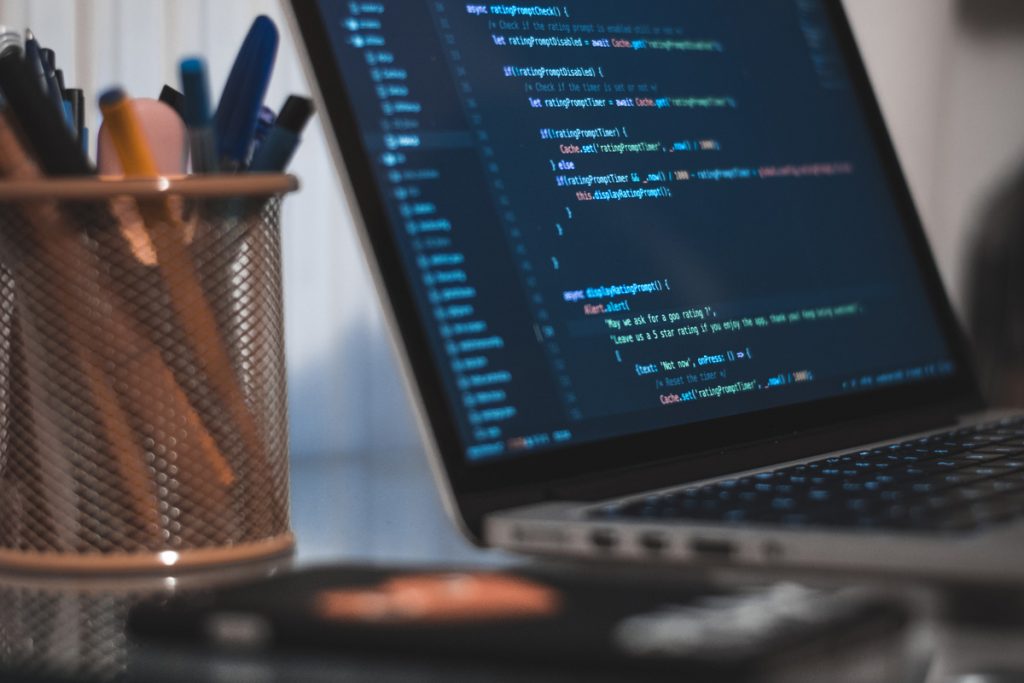
The researchers didn’t manage to pinpoint the brain regions that are exclusively responsible and devoted to programming, but they did point out that such specialized activity in the brain might develop in people who have been working in the web development business for years.
According to them, professional programmers with years of experience in a particular language might have already developed a type of crystallization and specialization of the multiple demand system. With people who have limited experience, and don’t count as “experts” pinpointing specialized areas is near impossible.
Teaching Coding in the Future
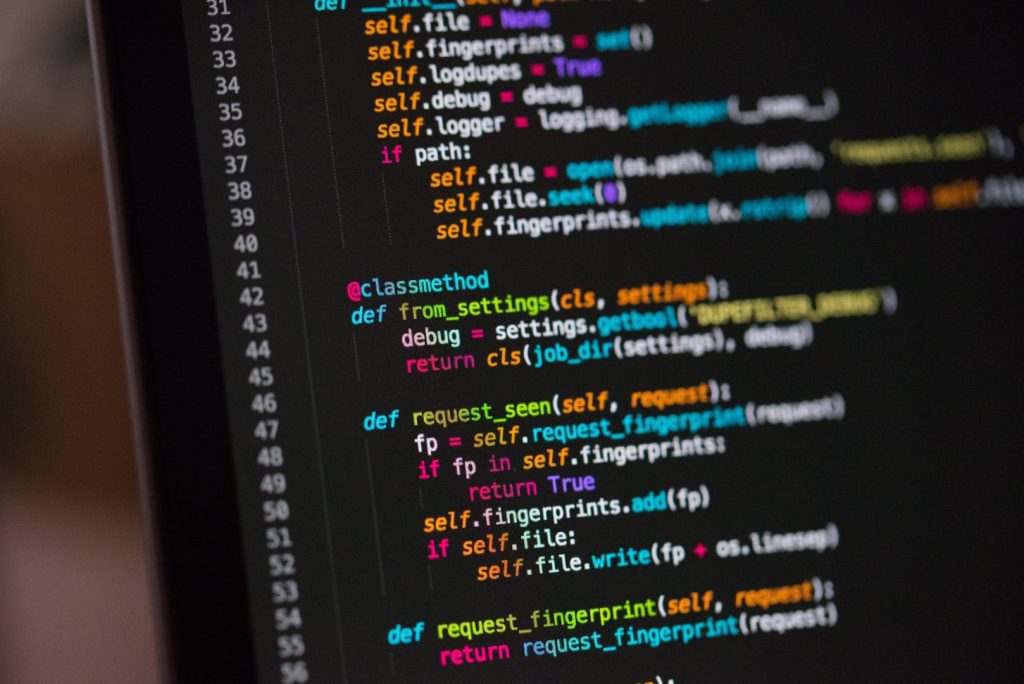
According to these findings, so far, there’s no definitive answer to whether coding should be taught more as a math-based task/skill or more as something that draws heavily from languages.
Why?

Well, as of now, it seems that coding will or may draw on both the multiple demand system and language system, even if later when the coding language is mastered, the dedicated language regions of the brain are no longer activated.
So, the current advances and scientific data suggests that neither math nor language exclusively should be used to help future programmers perfect their craft. Instead, computer science educators should work on developing a unique approach that might incorporate both aspects to help effecting coding.




